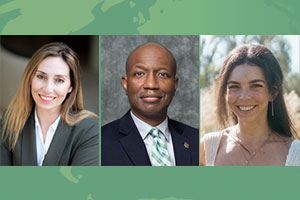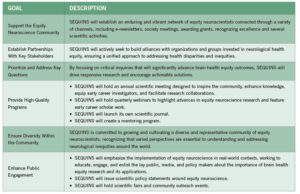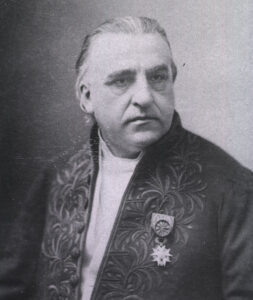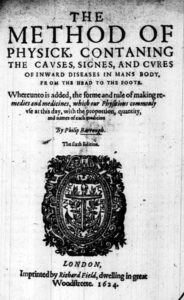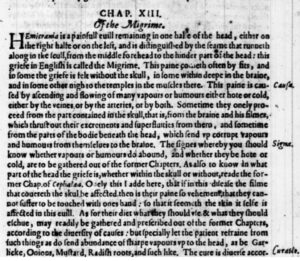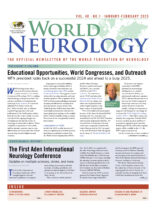WFN president looks back on a successful 2024 and ahead to a busy 2025.
By Prof. Wolfgang Grisold
World Neurology is not only a source of information, but also a useful chronicle of the World Federation of Neurology (WFN), tackling and discussing contemporary issues. You can trace and follow developments in neurology in the archive. It is currently edited by Prof. Steven Lewis and Prof. Walter Struhal, who, in addition to publishing important news and publications of the WFN, gather articles from all over the world to make us aware not only of the ongoing changes and developments, but also the reality of neurology in real-world conditions. These conditions, in particular in low-middle- and low-income countries, may be quite different than the ivory-tower-like outlook on neurology found in higher-income countries.
Large gaps of access and availability exist in neurology worldwide, which is mainly dependent on local income, the sociodemographic index (SDI), and the North-South divide. These gaps are further widened by war, crisis, insecurity, and other threatening factors. The compassion of the WFN is for all persons suffering neurological damages and deficiencies, including from wars and injuries. As proclaimed in the World Brain Day (WBD) motto from 2024, brain health and prevention have become major global issues and may not be available in low- and lower-middle-income countries. Yet, it is one of our most powerful medical interventions.
Looking Back on 2024
In 2024, the WFN steadily introduced new accomplishments and developments, including successful interactions with the World Health Organization (WHO) and the United Nations Economic and Social Council (ECOSOC). (You can find a full list on the WFN website.) The main focus on the WHO activities is the Intersectoral Global Action Plan (IGAP) on epilepsy and other neurological disorders and its implementation in the larger context of brain health.
Prof. Alla Guekht and I participated in some of the United Nations ECOSOC meetings and were welcomed and received twice by U.N. ECOSOC President and Canadian Ambassador Bob Rae. We met with him in November 2024 and confirmed a cooperation between the United Nations and the WFN in regard to the next World Brain Day. We agreed on the theme of “Brain Health for All Ages.”
To preserve and enhance continuity of the WFN’s information on neurologic development, an initiative was launched in 2024 by our professional conference organizer (PCO). Because the two-year time between the World Congress of Neurology meetings is too long, and we wanted to match the rapidly evolving developments of diagnosis and therapies in neurology, we developed the WFN Digital Neurology Update (WNU). This will be repeated in between the congresses. The first WNU featured excellent speakers and hosted an audience representing 60 countries. Following the WNU, several short update papers will be available in the eNS, the WFN’s open access journal.
For the second year, we have continued to publish the WFN Service Pages, which appear in the Journal of the Neurological Sciences (JNS). These carefully selected articles should enhance awareness of our activities worldwide and give a more detailed impression to our readers. We invite you to contribute any worldwide activities for use on our service pages.
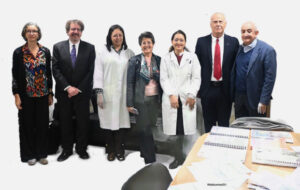
The Rabat WFN Training Center team (left to right): Prof. Maria Benabdelajil, Prof. Steven Lewis, Dr. Leila Errguig, Dr. Nazda Birouk, Dr. Leila Tamaoui, Prof. Wolfgang Grisold, and Mostafa El Alaoui.
One of the main WFN tasks is education, which is discussed in many of our letters and mailings. In 2024, for the first time, we completed visits to all African WFN Training Centers. We started in Cairo, Egypt, followed by a visit to Dakar, Senegal, during the summer, and in October wrapped up with visits to Rabat, Morocco, and Cape Town, South Africa. It gave us a good look at the practical teaching and allowed us to communicate with the faculty, residents, and trainees. The results were informative and impressive. I want to emphasize that the WFN at present finances three four-year trainees in Africa, plus five one-year fellowships. This is a large responsibility with a long and time-intensive aspect. We are grateful for the support of the Cairo training position by the Association of British Neurologists (ABN), and the additional neuromuscular trainee in Rabat sponsored by the International Congress of Neuromuscular Diseases (ICNMD).
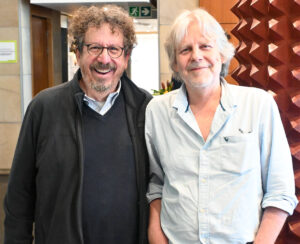
Two passionate educators meet in Cape Town, South Africa. Prof. Steven Lewis (left) and Prof. Lawrence Tucker discuss the Training Center program.
For 2025, we plan to visit the Latin-American Training Center in Mexico City, which is currently hosting one fellow specializing in stroke.
The cooperation of the American Academy of Neurology (AAN) and the WFN on the journal Continuum: Lifelong Learning in Neurology is a decades-long success story. After many years of use in countries of all levels of income, the WFN and the AAN have agreed that Continuum will only be made available free of charge for low-middle- and low-income countries going forward. Although this is a cut for some countries, it definitely helps us to continue the Continuum education in countries of need worldwide, and the WFN gladly supports the distribution and survey of the education. We find that several of our low-middle and low-income countries are not using this opportunity yet, and we invite them to apply.
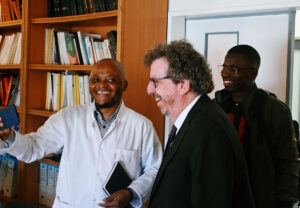
Prof. Steven Lewis (center) with WFN trainees during the Rabat, Morocco, site visit.
The Year Ahead
This year kicked off with a conference of the WFN trustees and the regions with a now traditional extended meeting that will concentrate on the importance of the WHO and IGAP. (See key points for this year’s event and WFN activities in my January “Message From the President.” For the first time, the member societies will be invited to participate in this meeting.
One of our main activities in 2025 is World Brain Day. The theme is “Brain Health for All Ages.” It will be held jointly with committees, collaborations, and participation from the U.N. ECOSOC. We also hope the WHO will take part. This World Brain Day will continue our tradition of using the momentum of July 22, 2025, to advocate for neurology, and in this case, complete the series on brain health that we started four years ago.
The next World Congress of Neurology (WCN) will take place Oct. 12-15, in Seoul, South Korea. The program committee, which includes the WFN and the local society, is developing both the scientific and educational programming. We are introducing a special set of lectures called “Brain Health Lectures.” These are not scientific lectures. They will highlight the importance of regional and global activities for neurology worldwide. They will include some plenary lectures, regional meetings, and specific WFN lectures.
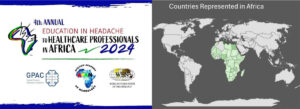
An illustration of African countries represented in the Fourth Annual Education in Headache to Healthcare Professionals in Africa.
We also will have the Global Neurology Advocacy and Leadership (GALP) meeting, a new initiative, which will be hosted jointly with the AAN. The program will start at the 2025 AAN Annual Meeting in San Diego, continue over a few months with virtual educational meetings, and end in Seoul with a live meeting and a graduation ceremony for the 20 GALP participants. This is an ambitious worldwide, global venture, synthesizing the experience of advocacy and leadership of the AAN and knowledge of the needs of neurology worldwide.
Continuing with education, we will co-host the WFN and Asian and Oceanic Association of Neurology (AOAN) Educational Day on Feb. 15. The theme of this e-learning event is movement disorders. This event continues the tradition established with our successful educational day on neuropathies with the African Academy of Neurology (AFAN) in 2024, and also successful day on headache education with AFAN and the Global Patient Advocacy Coalition (GPAC).
We believe in the education days as one of the bases of organization for regional education, and we will be glad to organize education days in other parts of the world.
The WFN looks forward to the first meeting of the Global Advocacy and Leadership Program (GALP), a joint initiative with the AAN, as well as the first-ever Global Leadership Roundtable at the AAN Annual Meeting and co-hosted by the WFN, on Tuesday April 8th.
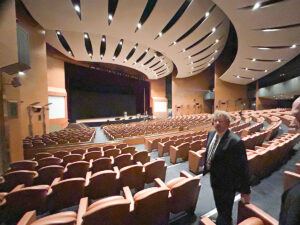
Prof. Steven Lewis inspects the COEX Center plenary hall in Seoul, South Korea
The WFN Election
At the next Council of Delegates (COD) meeting in Seoul, the WFN election results will be presented. The election this year will be for the position of the president (presently Prof. Wolfgang Grisold), vice president (presently Guy Rouleau), and one trustee (a position currently held by Prof. Chandrashekhar Meshram).
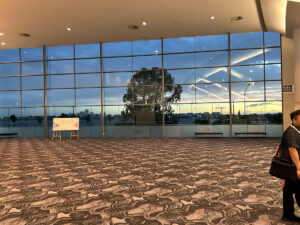
The Perth Convention and Exhibition Centre, site of the 2024 ICNMD congress.
Of the three positions up for election this year, only Prof. Meshram is re-eligible for election. This is important, as the tasks of the WFN are many — such as managing trainees and planning the congress — and range over multiple years. As such, competent leadership being aware of these elements is needed. The delegates have supported the move by the trustees to change the bylaws and ask the newly elected presidents to be available for one year before their office, serving as president-elect, and to keep the past-president for one year as an adviser to ensure a smooth transition.
Following the Seoul congress, Cape Town, South Africa, will host the next World Congress of Neurology in 2027. During a visit to the Training Centers, we walked through the meeting site. It is impressive, well located, surrounded by hotels, and is in a safe area of Cape Town.
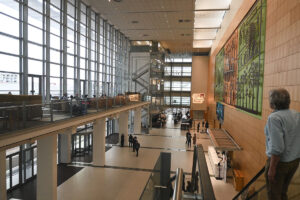
The site of the World Congress of Neurology 2027 will be the Cape Town International Convention Center. A view of the main entrance hall.
Europe will be the site for the World Congress of Neurology in 2029. Seven countries have expressed interest, and they will be evaluated by the permanent Congress Committee and the PCO for technical feasibility, access, and location. Following this, we will develop a short list of candidate countries, and the short-listed sites will be visited by the WFN Visitation Committee.
Our specialty group on neuromuscular disease, the ICNMD, had a successful 2024 congress in Perth, Australia. Another congress will be held in 2026 in Florence, Italy. The ICNMD held a successful virtual meeting in 2023 providing an update in neuromuscular disease. This will be repeated in 2025. It is likely that from 2026 onward, the ICNMD will be held annually, and great care will be taken to preserve the important rotation around the world as needed for any WFN congress.
In conclusion, following a successful 2024, we will continue our efforts in 2025. We look forward to meeting at the WCN 2025 in Seoul. •
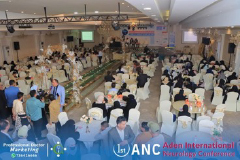
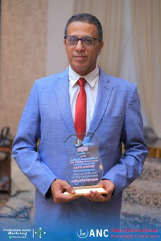
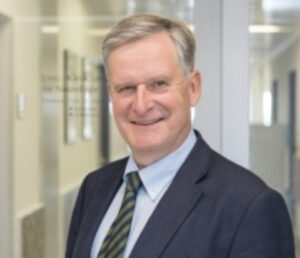
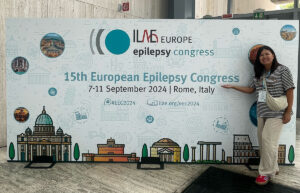
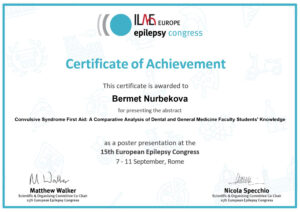 The conference sessions provided me with invaluable insights into the latest advancements in epilepsy research, diagnostics, and treatment approaches. Several key takeaways have already informed my clinical practice and ongoing research projects, enhancing the quality of care I provide to my patients. The event also served as a source of great inspiration, motivating me to participate in future international conferences to continue broadening my knowledge and professional network.
The conference sessions provided me with invaluable insights into the latest advancements in epilepsy research, diagnostics, and treatment approaches. Several key takeaways have already informed my clinical practice and ongoing research projects, enhancing the quality of care I provide to my patients. The event also served as a source of great inspiration, motivating me to participate in future international conferences to continue broadening my knowledge and professional network.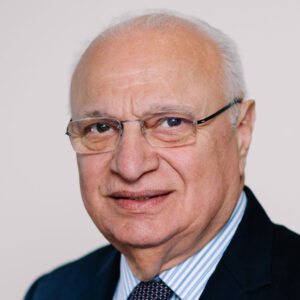
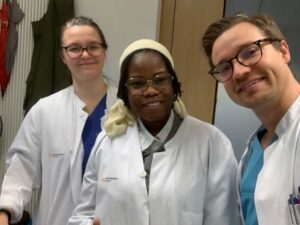
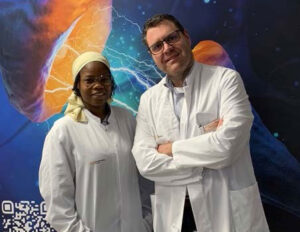 I attended a botulinum toxin injection session, and I saw the apomorphine pump — a second line treatment for Parkinson’s disease management — for the first time.
I attended a botulinum toxin injection session, and I saw the apomorphine pump — a second line treatment for Parkinson’s disease management — for the first time.
